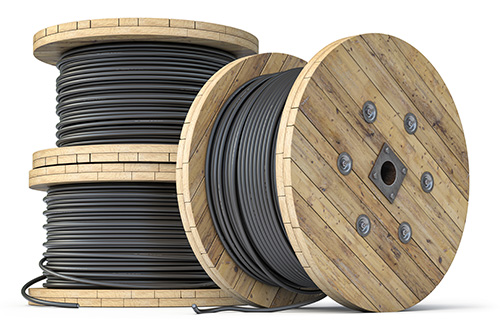EMC Question of the Week: August 15, 2022

To determine the characteristic impedance of a 1-km length of cable, use a high-frequency RLC meter to measure the input
- resistance
- inductance
- capacitance
- both (b) and (c)
Answer
The best answer is “a.” When a cable is very long, high frequencies propagating the length of the cable and back can be greatly attenuated. If they are attenuated to the point where they do not significantly affect the measured input impedance, then the measured input impedance is nearly equal to the characteristic impedance.
For example, RG58 coaxial cable has a nominal attenuation of about 25 dB/km at 10 MHz. The round-trip attenuation in a 1-km cable would be about 50 dB. In other words, the amplitude of the wave reflecting from the cable termination would be 0.3% of the input waveform amplitude. The measured input resistance of this cable would be equal to the characteristic impedance to within less than 1%.
Note that the measured inductance and capacitance are not independent. They are both derived from the imaginary part of the input impedance. For long cables, the imaginary part of the measured input impedance (characteristic impedance) provides information that can be used to determine the cable attenuation.
If the cable is not long enough to neglect reflections from the termination, the characteristic impedance can be determined from two input impedance measurements. In this case, the characteristic impedance is equal to
where Zin-short is the input impedance when the termination is shorted and Zin-open is the input impedance when the termination is open.
Have a comment or question regarding this solution? We'd like to hear from you. Email us at
